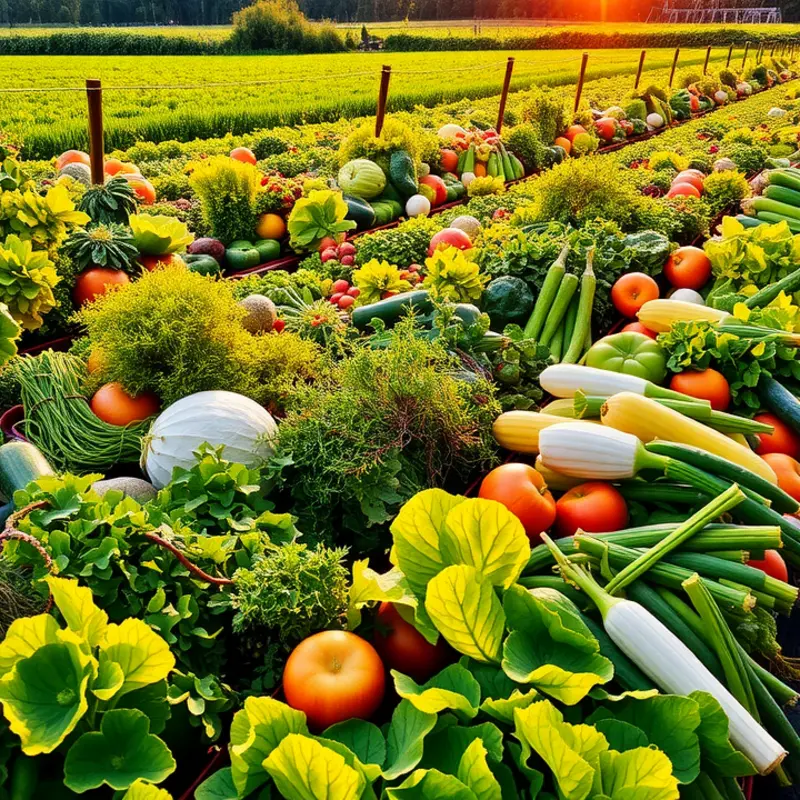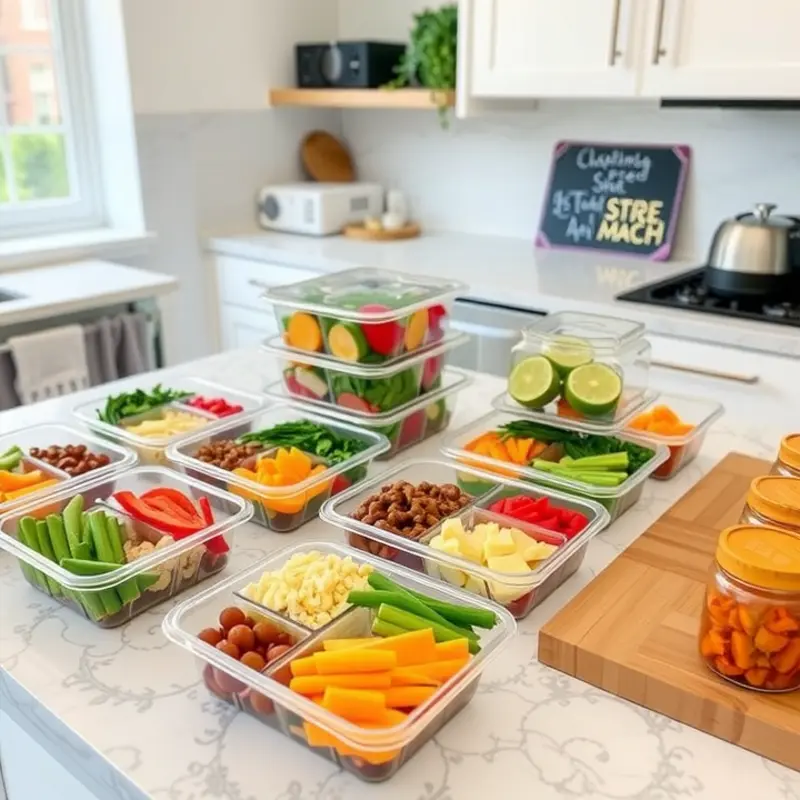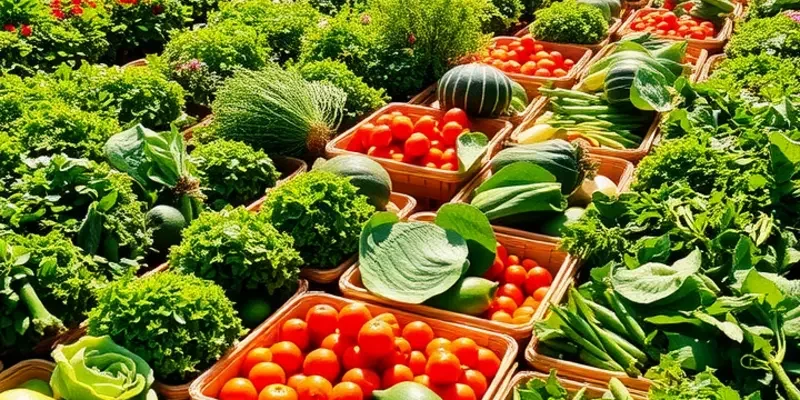Meal prepping can seem daunting for busy individuals and families, especially seniors navigating their dietary needs. However, with a few practical strategies and tips, anyone can streamline their meal preparation process. Say goodbye to last-minute cooking stress and tired takeout routines. This guide provides accessible techniques to make meal prepping an efficient, enjoyable, and healthy part of your weekly routine.
Smart Strategies for Effective Meal Planning

Meal planning is the cornerstone of stress-free meal preparation for seniors. With just a bit of organization, nutritional needs can be met efficiently. The key is to create a customizable plan tailored to individual preferences and requirements. Begin by evaluating your dietary needs, considering factors like portion control, allergies, and preferred flavors.
Start your meal planning with a weekly menu. Keep it simple by selecting recipes that require minimal preparation but are rich in nutrients. One way to balance variety and simplicity is to incorporate practical ingredient batching. You can learn more about this here. By dedicating a day to prep staples like grains and proteins, you can mix and match dishes throughout the week.
Organizing your grocery list is another smart strategy. Create lists based on sections of the store to minimize time spent shopping. Stick to your list to avoid impulse buys which can wreck meal planning efforts and budgets. Additionally, buying in bulk can save time and money, especially for non-perishables and freezable items.
Seniors can also benefit from meal planning by scheduling specific meal prep times. Allocate an hour or two at the start of each week to chop vegetables, marinate proteins, and portion out snacks. This way, when hunger strikes, assembling meals will be a breeze.
Another technique is to embrace the power of leftovers. Planning dishes that can transform into multiple meals reduces cooking time. For example, roasted chicken can serve as a main dish one night and turn into a savory salad or sandwich filling the next.
Incorporate seasonal and local produce into your meal plans. These options are often fresher and more affordable. Plan meals around these ingredients and experiment with different spices to keep meals interesting without adding salt.
Finally, good meal planning includes having backup options for the days when things don’t go as planned. Keep a few quick, healthy frozen meals or pantry staples like canned beans and whole grains. They can be life-savers when you need a nutritious meal without the fuss.
By implementing these strategies, meal planning can become a seamless part of your routine, fulfilling nutritional needs with ease and offering more time to enjoy life.
The Art of Efficient Meal Prepping

Meal prepping begins once your meal plans are outlined. The next step is to simplify the execution by developing a few clever kitchen skills. First, consider batch cooking. Preparing larger quantities of food at once can provide meals for several days. For instance, a large pot of soup or a wholesome casserole can be divided into individual portions. This approach not only saves time but also ensures you always have a nutritious meal ready to go.
Batch cooking calls for careful ingredient batching. Items like grains, legumes, and vegetables can be cooked ahead and stored separately. This way, they can be mixed and matched to create different meals throughout the week. For more ideas on efficient ingredient grouping, take a look at practical ingredient batching.
When prepping ingredients, focus on tasks that tend to consume the most time, such as chopping vegetables or marinating proteins. Invest in sharp, reliable kitchen knives to streamline cutting tasks. Pre-chop or slice vegetables and store them in airtight containers, which keeps them fresh longer and reduces cooking time later. Alternatively, assembled but uncooked meals can be frozen in freezer-safe containers.
Storage solutions play a crucial role in meal prepping. Use clear, stackable containers to keep your fridge organized. This helps avoid losing track of meals, reducing food waste. Labels are your best friends; mark each container with the contents and date of preparation.
In addition, employ techniques that ensure food safety and longevity. Ensure cooked foods cool to room temperature before refrigerating, to prevent bacterial growth. Store items like sauces and condiments separately and consider reviewing tips on safer storage of sauces.
Meal prepping can also be an opportunity to boost nutrition by adding superfoods or healthy ingredients into your meals. Include a variety of colorful vegetables, lean proteins, and whole grains. Options like quinoa or beans offer excellent nutrition with minimal prep.
Finally, consider smart cooking techniques to enhance flavor while minimizing time spent cooking. For example, try using easy stir-fry methods or one-pot recipes which are both efficient and require minimal cleanup. Soups, stews, and slow-cooked meals allow flavors to meld together while you do other tasks.
The key to efficient meal prepping is organization. A little effort in planning and preparation can save substantial time and stress, making nutritious eating more attainable for seniors and their families.
Final words
By implementing these practical meal planning and prepping techniques, seniors can enjoy a streamlined cooking experience that promotes healthy eating without added stress. The key is to stay organized, use simple recipes, and make the most of existing kitchen tools. Whether cooking for oneself or preparing meals for a family, efficient meal prep opens the door to better nutrition and more enjoyable mealtime experiences. It’s never too late to embrace the convenience of meal prepping—start today and thrive.







